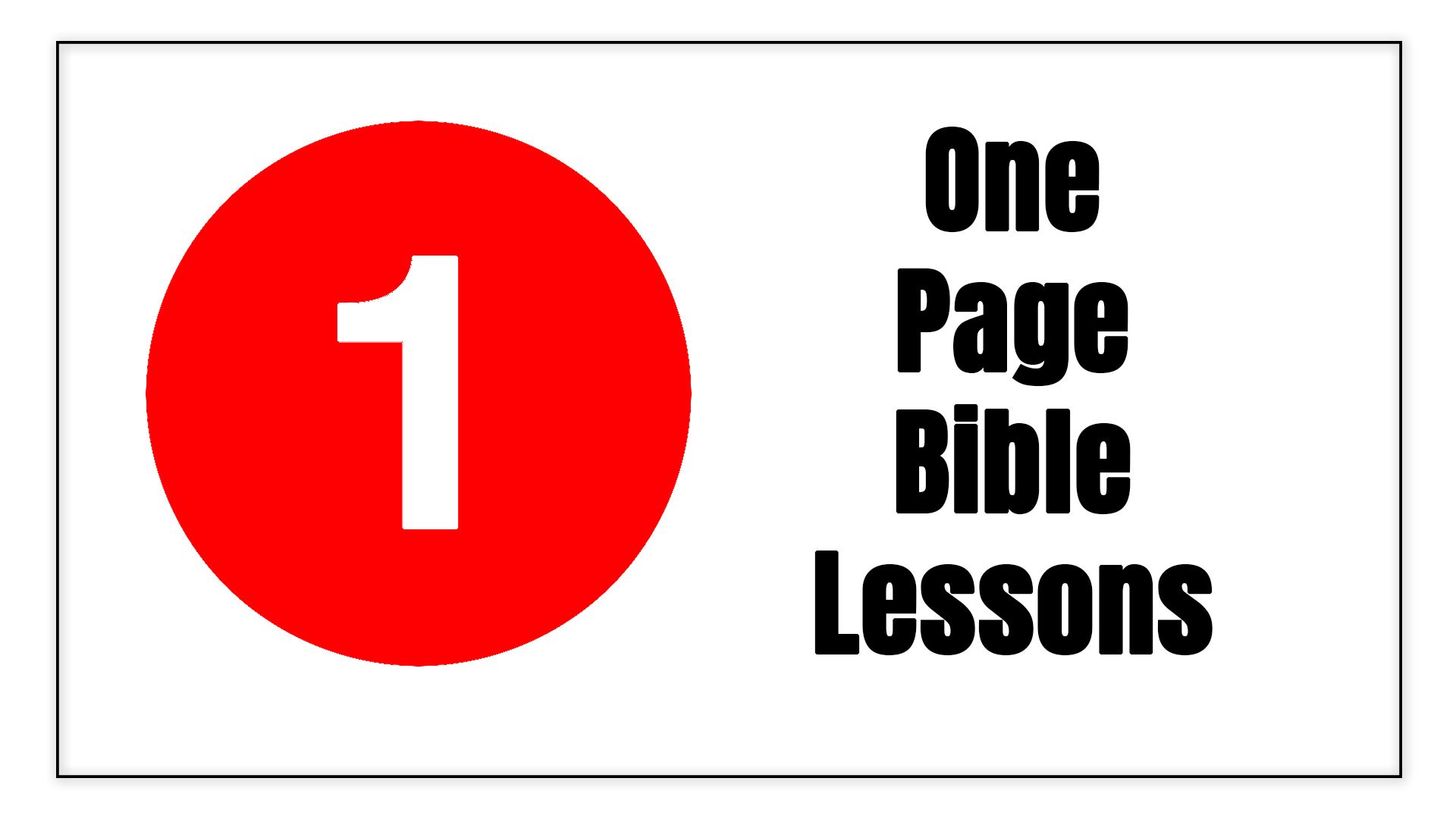
AUTHOR: JamesJames the half brother of Jesus is the likely author of the Book of James. The author of the epistle furnishes no other identification than the information presented in the opening verse. Three men of significance in the New Testament are called James (the Greek equivalent of the Hebrew name “Jacob”), meaning “supplanter” (one who takes another’s place by crafty means): (1) James the son of Zebedee and brother of John was numbered among the apostles and was the first apostolic martyr, c. A.D. 44 (cf. Matt. 4:21; 10:2; 17:1; Mark 1:19; Luke 5:10; Acts 12:1, 2); (2) James the son of Alphaeus was also one of the Twelve, although no other facts concerning him have survived (cf. Matt. 10:3; Mark 3:18; Luke 6:15; Acts 1:13); (3) James the half brother of Jesus was one of several half brothers of Jesus (cf. Matt. 13:55; Mark 6:3). This James, though slow to accept Christ (John 7:5), had been converted by an appearance of the risen Lord (1 Cor. 15:7) and subsequently joined the followers of Christ (Acts 1:14). He quickly rose to a position of great authority in the early church (cf. Acts 12:17; 15:13–29; 21:17, 18; Gal. 1:19; 2:9, 12; Jude 1). Tradition ascribes this letter to the Lord’s half brother. Internal evidence is consistent with this view. The most concrete evidences for this identification are the verbal similarities (especially apparent in the early Greek manuscripts) between this epistle and the speech of James at the Jerusalem Conference (cf. Acts 15:13–21). In addition, this letter, the most Jewish book in the entire New Testament, is indicative of an author steeped in the Old Testament outlook and literature, as James is portrayed to be in Acts. Also the numerous references to nature are what one would expect of a man who had lived in a rural Galilean town like Nazareth (cf. 1:6, 10, 11, 17; 3:3, 4, 7, 11, 12, 18; 5:4, 7, 17, 18). DATE AND PLACE OF WRITING: c.A.D. 48–50The martyrdom of James in A.D. 62 provides the latest date for the epistle. Josephus mentions the martyrdom of James and in so doing supplies evidence of the prominence of James in the early Christian community. In addition, the lack of reference to the dispute occasioning the Jerusalem Conference (Acts 15) in A.D. 49–50, the simple church organization revealed in the epistle, and the comparative absence of major doctrinal content strongly imply a date prior to the appearance of Paul’s first writings, c. A.D. 48–50. Thus, James may well be the earliest book, in terms of authorship, in the New Testament. CANONICITY:Although written quite early in the history of the church, James was not immediately accorded complete acceptance within the Christian community. This is perhaps best explained by the fact that, being written specifically to Jewish Christians, it was less immediately applicable to what had rapidly become a predominantly Gentile church membership by the end of the first century. In addition, some church leaders (including Martin Luther for a time) felt that James contradicted Pauline doctrine concerning justification by faith alone (cf. 2:14, note). A careful reading of the epistle, however, will reveal the error of this evaluation. THEME: Practical ReligionThe central theme of the epistle is practical, realistic religion which manifests itself in the behavior or the “works” of those who profess to have faith. Tests for a genuine and living faith are examined in a manner reminiscent of the Wisdom Literature of the Old Testament, especially the Book of Proverbs. The idea that James contradicts Paul’s view of justification by faith (2:14–26) is without foundation and fails to account for differing perspectives and purposes for the two writers. James 1:3 provides a good summary of the book. SPECIAL FEATURES:Though quite similar to the Wisdom Literature of the Old Testament, James is not simply a gathering of loose and unrelated moral teachings. The book, written in an excellent Greek style, reads very much like a number of sermon summaries, all of which are related to the central theme of a genuine faith which works. The book is well suited for public reading in worship and is remarkable in its parallels with the Sermon on the Mount (Matt. 5–7; see chart, “The Parallels and Possible Allusions of James to the Sermon on the Mount”). Also called “the Amos of the New Testament,” James, in 108 verses, peppers his work with 54 imperatives to communicate the need for urgent action on the part of his audience. W. A. Criswell et al., eds., Believer’s Study Bible, electronic ed. (Nashville: Thomas Nelson, 1991), Jas 1:1. |

